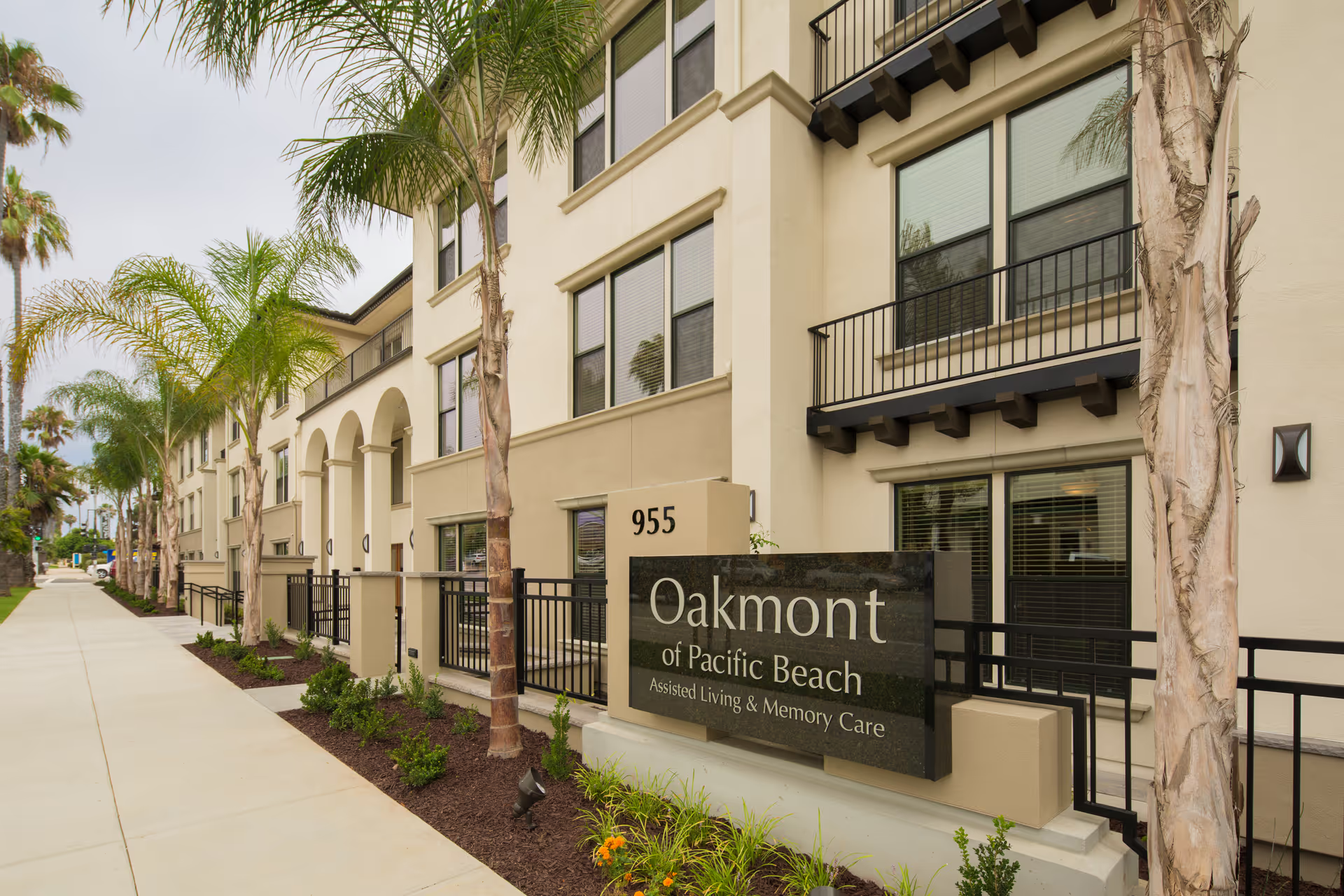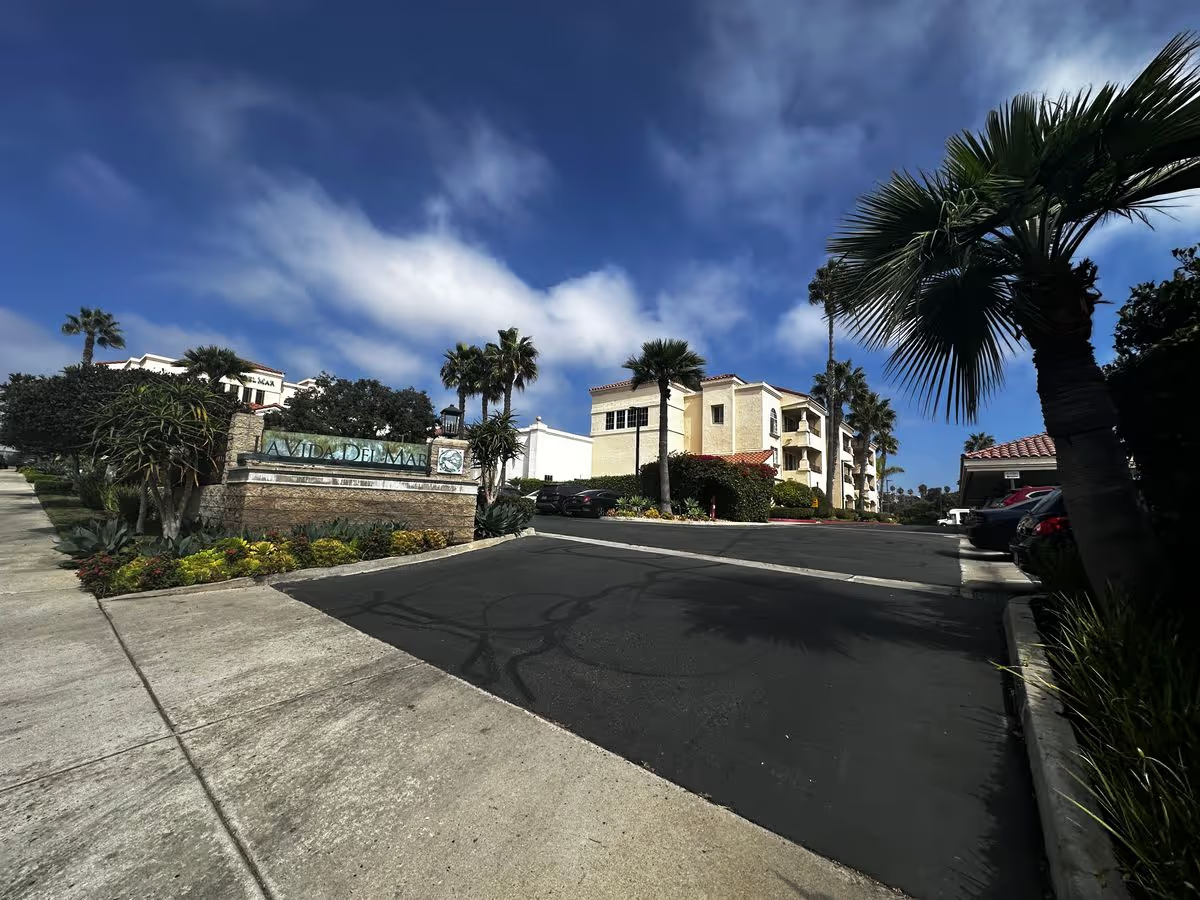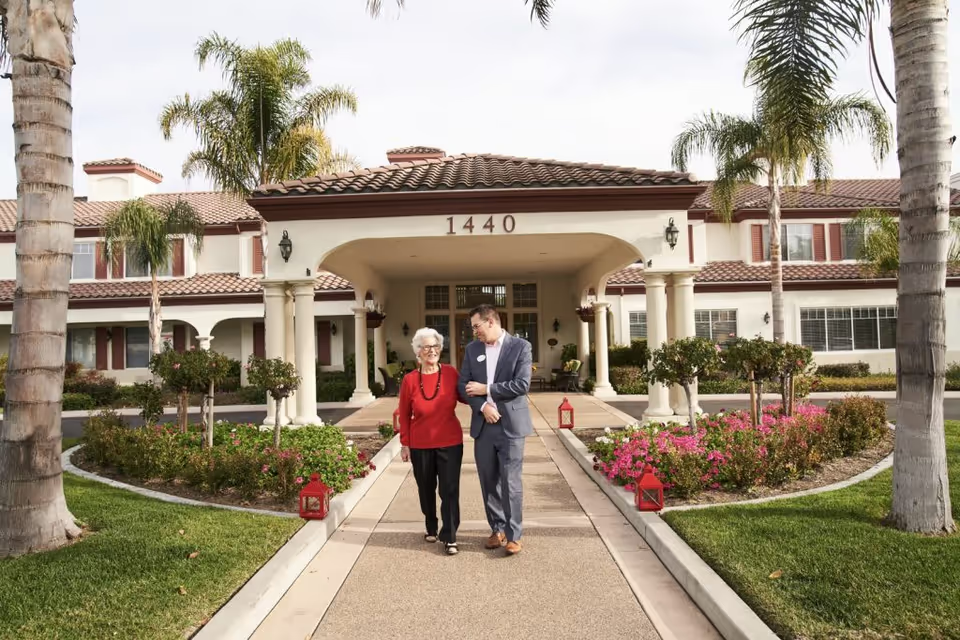Overall sentiment: Reviews of La Jolla Nursing and Rehabilitation Center are highly polarized. A substantial number of reviewers praise the facility for compassionate staff, strong rehabilitation results, clean and attractive common areas, organized clinical processes in some units, and robust programming for short-term rehab patients. Conversely, an alarming subset of reviews documents serious lapses in basic care, safety incidents, neglect, and administrative failures. The volume and severity of negative reports coexist with numerous positive accounts, indicating inconsistent performance across shifts, units, and individual staff members.
Care quality and staff: The most common positive theme is the presence of caring and attentive staff—nurses, CNAs, and therapists—who in many cases are described as compassionate, professional and effective. Physical therapy and rehab are repeatedly highlighted as standout services, with many patients reporting notable recovery progress and successful discharges. Several reviewers name individual staff who provided exceptional care (e.g., Sarah, Myra, Caroline, Constantine, Vicki, Stacy, Kathy, Emily), and hospice nurses are frequently singled out for praise.
At the same time, there are frequent and serious reports of understaffing, especially on night shifts and weekends, that correlate with long response times to call lights, delayed medication administration, and residents being left unattended. Multiple reviewers describe CNAs or nurses as overworked or overwhelmed, and this staffing pressure appears linked to inconsistent and sometimes dangerous care. Several accounts describe neglectful treatment (residents left in soiled linens, delayed bathing, failure to change dressings), delayed or missed emergency responses, and poor follow-through on clinical issues. Medication errors, late meds, medication shortages, and even administration of drugs despite reported allergies were cited in several reviews.
Safety incidents and clinical failures: A recurring and serious pattern involves safety incidents and adverse outcomes: residents reportedly dropped during transfers, multiple falls attributed to staffing or equipment failures, broken beds and missing bed rails, and at least one femur fracture allegedly linked to facility care. There are multiple reports of infections, UTIs, dehydration, bedsores and wound-care complications that reviewers tie back to neglect or delayed care. Some reviews describe traumatic experiences including rushed emergency transfers to the ER/ICU. These accounts raise significant safety concerns for families considering long-term placement.
Facilities, cleanliness and maintenance: Many reviewers praise the facility’s design—large lobby with 30-foot ceilings, spacious dining room, beautiful courtyard and ocean breeze—and report that common areas are clean and welcoming. Likewise, a number of accounts indicate good housekeeping and tidy rooms with clean linens. However, this is contradicted by numerous severe complaints about unsanitary conditions in specific rooms or units: urine or fecal odors, blood left on the floor after a fall, linens not changed, and general maintenance problems (broken beds, plumbing/sewage issues, lack of hot water). Several reviewers call out dated resident rooms and amenities that need renovation. The discrepancy suggests variable housekeeping and maintenance standards depending on unit, shift or time period.
Dining, activities and resident life: Dining and activities receive mixed but mostly positive notes. Many reviewers appreciate nutritious, varied meals with alternatives and special programs (holiday luncheons, adopt-a-resident Christmas, cookies baked daily), while others find the food unhealthy, overly salty, or unappetizing. Daily activities—bingo, chair yoga, cornhole, karaoke, and other events—are appreciated by families and residents who participate, though some reviewers mention limited resident engagement or a dark/dated recreation room.
Communication, management and administration: Opinions about administration are equally split. Some families commend admissions, case management, and the director of nursing for clear communication and coordination. Others report very poor communication, unresponsive phone lines, removal of room phones, abrupt front-desk behavior, and dismissive or unprofessional interactions with management. Several reviewers allege mishandling of personal belongings (including items discarded after a resident’s death), suspected theft, and supply shortages. There are repeated complaints about high staff turnover and low morale, and a number of accounts specifically criticize management or named administrators for not addressing systemic problems.
Patterns and recommendations: The dominant pattern is inconsistency: units, shifts and teams appear to operate at very different standards. Short-term rehabilitation stays and hospice collaborations tend to elicit more positive experiences across reviewers, while long-term care and night-shift coverage attract the majority of severe complaints. For prospective families, reviewers’ experiences suggest that La Jolla may be a strong option for time-limited rehab where therapy is prioritized and staffing is concentrated, but families considering long-term placement should exercise caution and perform thorough due diligence.
What families should ask and monitor: Based on recurring issues in these reviews, prospective residents and families should ask about current staffing ratios (night and weekend coverage), recent incidents or facility citations, medication administration protocols, emergency response procedures, and processes for handling personal belongings. Visit during different shifts (including nights/weekends), speak with therapy and nursing leadership, request recent inspection reports, and verify communication methods for families (phones, notifications). Also confirm policies on hygiene, wound care, incontinent care supplies, and what measures have been taken to address any past complaints.
Conclusion: La Jolla Nursing and Rehabilitation Center presents a mixed portrait. Many reviewers report exemplary rehab outcomes, compassionate individual staff members, attractive common areas, and effective admissions and therapy coordination. However, the facility also attracts numerous and sometimes severe complaints around understaffing, neglect, safety incidents, medication issues, hygiene lapses and management failures. These two realities coexist in the reviews; the facility’s suitability appears to depend heavily on the unit, time of stay, and staffing situation. Families should weigh the positive rehab and therapy strengths against the documented risks in long-term and off-peak care, and should pursue targeted questions and visits to clarify current performance before committing to placement.







